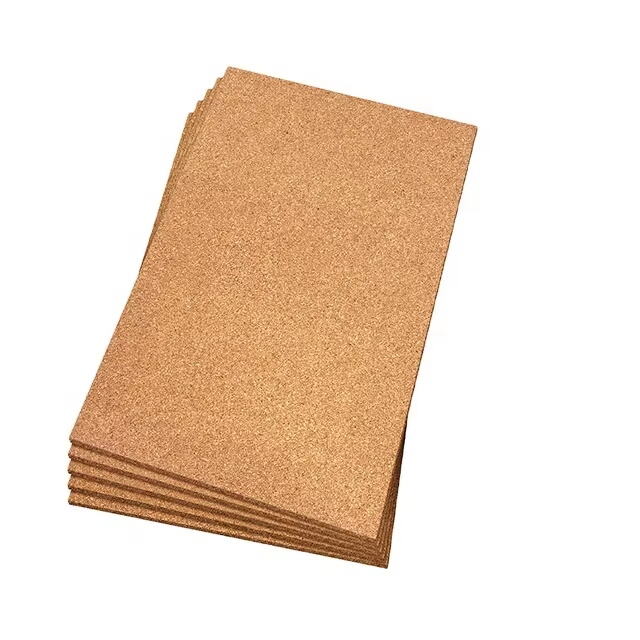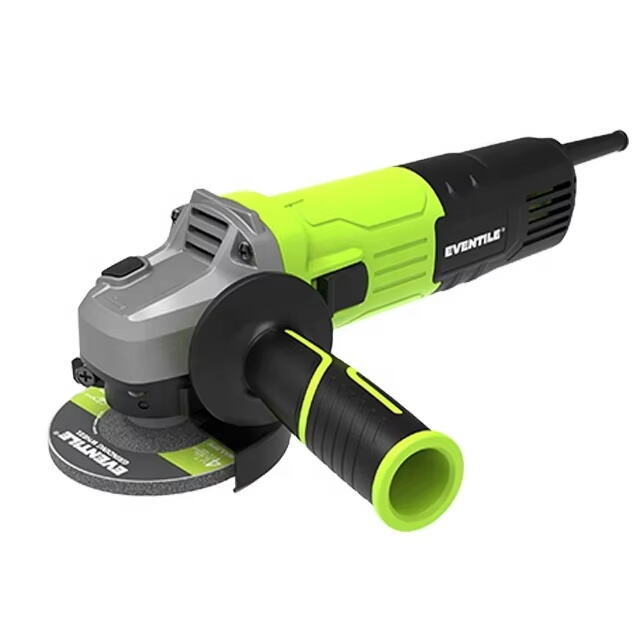фанера негізіне арналған декуплдау мембранасы
Фанерадан жасалған жалатпайтын мембрана еденді орнату кезінде маңызды ортаңғы қабат ретінде қызмет етеді. Оның негізгі мақсаты – еденнің жарылуы мен жүйенің істен шығуын болдырмау. Бұл инновациялық шешім фанералы негізгі едендермен байланысты жиі кездесетін қиындықтарды шешуге көмектеседі, әсіресе ылғал мен температура өзгерістеріне байланысты пайда болатын табиғи ұлғаю мен қысу процесстеріне қарсы тұрады. Мембрана фанералы негіз бен еденнің бетінің арасында ажырату қабатын жасайды, нәтижесінде еден мен жылытқыштың зақымдануына әкеліп соғатын қозғалыстарды тиімді түрде бейтараптайды. Бұл технология фанера мен еден қабаттарының тәуелсіз қозғалуына мүмкіндік беретін, әрі құрылымдық қолдау қызметін атқаратын құрылымдар мен ойыстардың ерекше геометриялық үлгісін пайдаланады. Мембраналар әдетте жоғары сапалы полипропилен немесе полиэтилен материалдардан жасалып, ұзақ мерзімді пайдалануға және ылғалға төзімділікке ие болады. Орнату процесі фанераға модификацияланған жұқа ерітінді арқылы мембрананы жабыстыру мен оның бетіне тікелей еденді орнатуды қамтиды. Бұл жүйе әсіресе жаңа тұрғызылып жатқан үйлерде, жөндеу жұмыстарында және екінші қабаттағы орнатуларда кездесетін фанералы негіздері бар тұрғын үйлер мен коммерциялық ғимараттар үшін ерекше маңызды. Сонымен қатар мембрана бу басқару мүмкіндіктері мен жүктемені тиімді тарату қызметін де атқарады, сондықтан фанералы негіздерге арналған ұзақ мерзімді еден орнатулары үшін міндетті компонент болып табылады.


